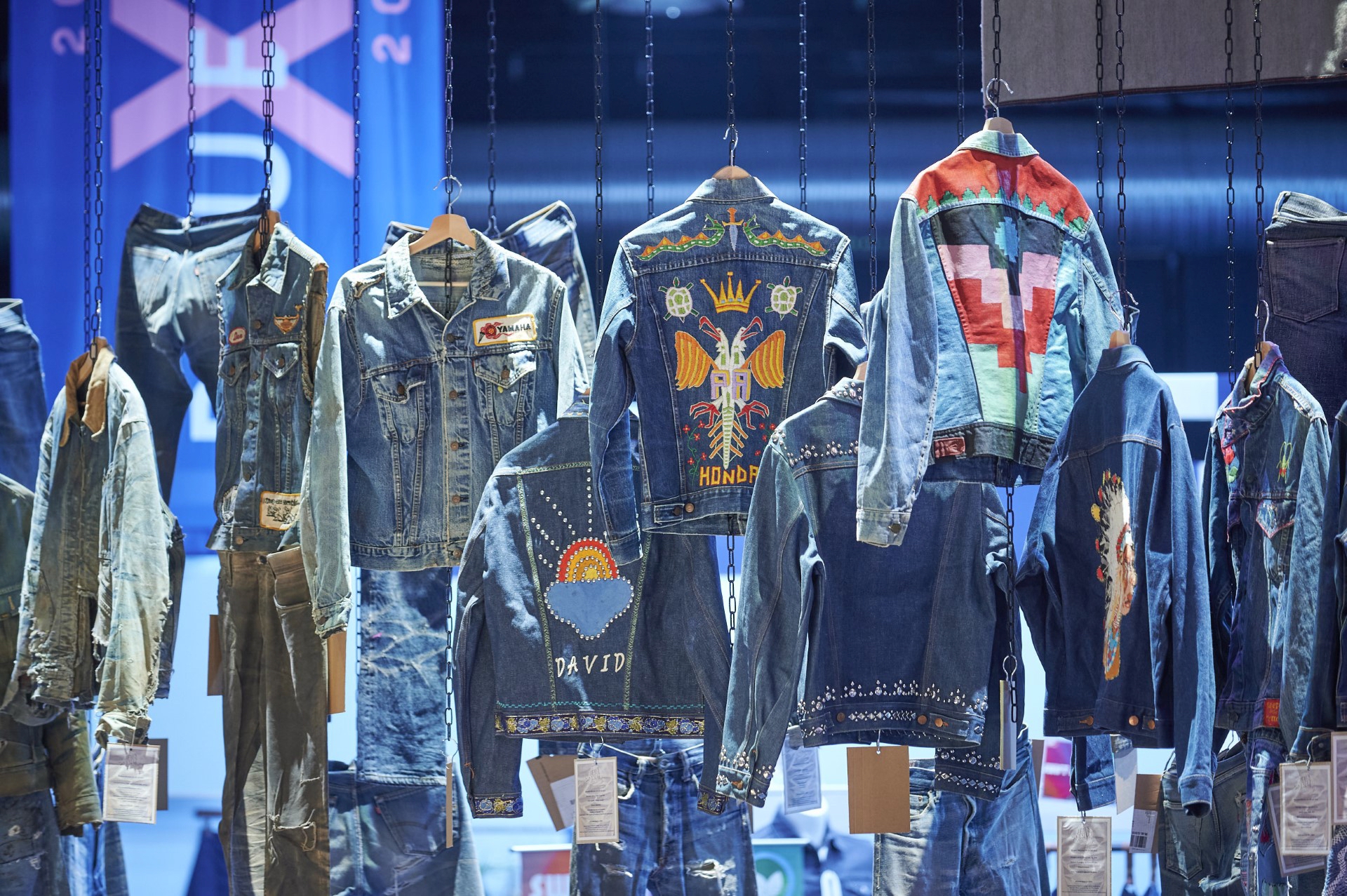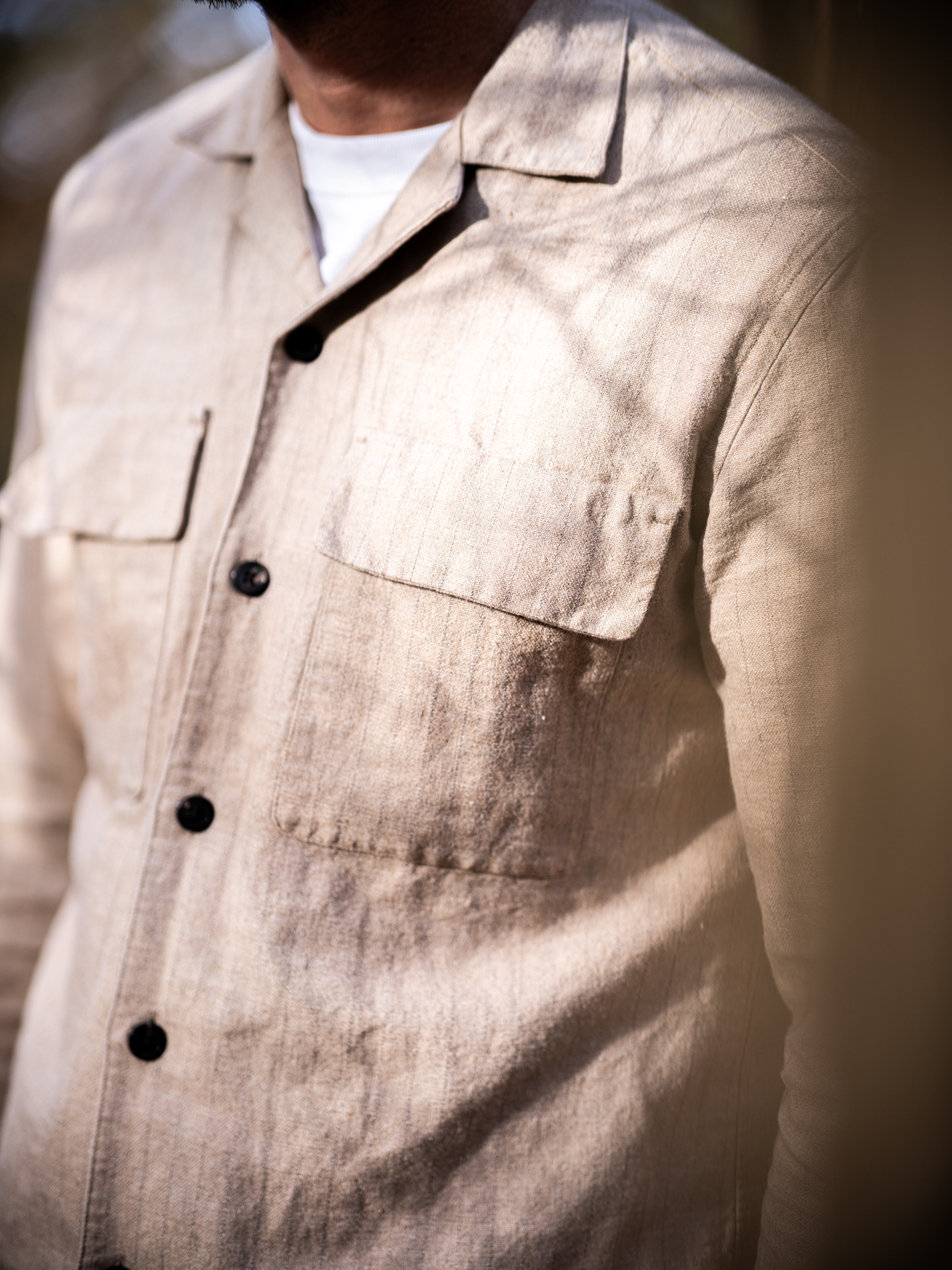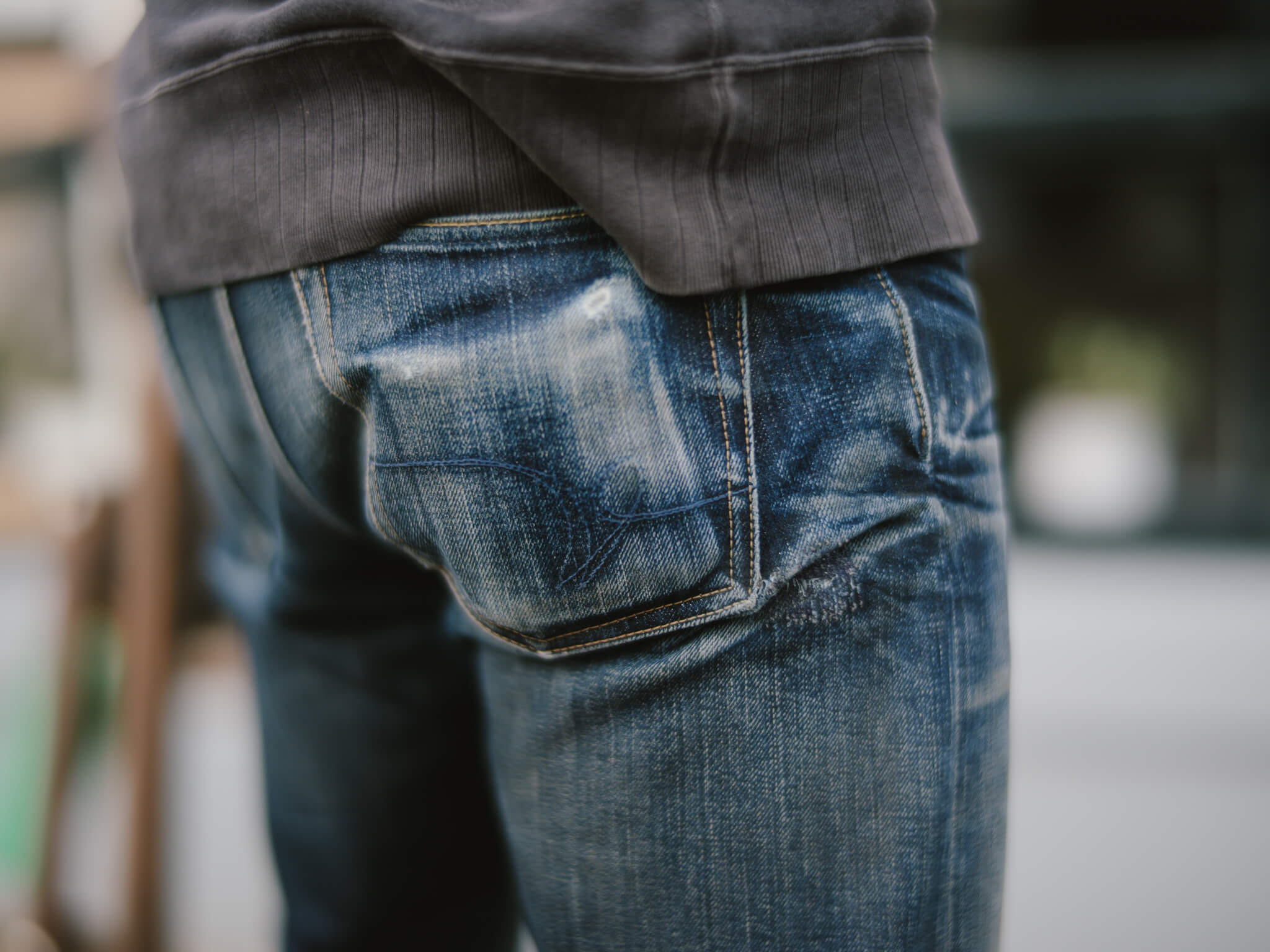A conversation with Mr. Kishimoto about Japan Blue Jeans and Côte D’ivoire Cotton
Over ten years ago, Mr. Kishimoto started to work on Japan Blue Jeans as a fabric portfolio of the namesake company Japan Blue Co. The parent company had already successfully launched a fabric mill and Japan Blue Jeans was seen as an opportunity to introduce the beauty, possibilities and affordability of Japanese denim to a larger audience.
In the years that followed, Japan Blue Jeans have consistently released brilliant designs, new fabrics and innovations. The brand showed that innovations do not necessarily lead to a loss of heritage or tradition, actually quite the opposite. Led by Kishimoto, Japan Blue Jeans has gradually grown from a fabric portfolio into one of today’s leading Japanese denim brands with its own distinct identity. Quite the challenge in such a crowded market place.
One of the brands’ latest innovations is the use of cotton from the West-African country Côte D’ivoire, commonly known as the Ivory Coast. The use of this specific type of cotton was introduced by Japan Blue Jeans a few years ago and has been steadily growing in the brand’s offering ever since. Last year we covered the use of Côte D’ivoire cotton at Japan Blue Jeans on Robin Denim, but today we’re going to dive a little deeper in our exclusive interview with Mr. Kishimoto, the successful managing director behind Japan Blue Jeans.
Robin Denim (RD): Mr. Kishimoto, it has been a while since we last spoke and the last few months weren’t really what any of us expected. How are you?
Kishimoto (K): Hi Robin, it has been a long time since we met each other in person and I am really looking forward to meeting you in real-life like we did frequently before. The pandemic is a strange time; it has good and bad sides. I couldn’t go out of Japan in the past two years, which is really tough because I like to travel the world for Japan Blue Jeans. On the other hand, I didn’t have jetlag for two years, and I slept very well, which is super healthy! I spent a lot of time with my family and I started to learn more about my own neighborhood. As the pandemic persisted, I gradually started to meet people from my neighborhood and I really value these new contacts.
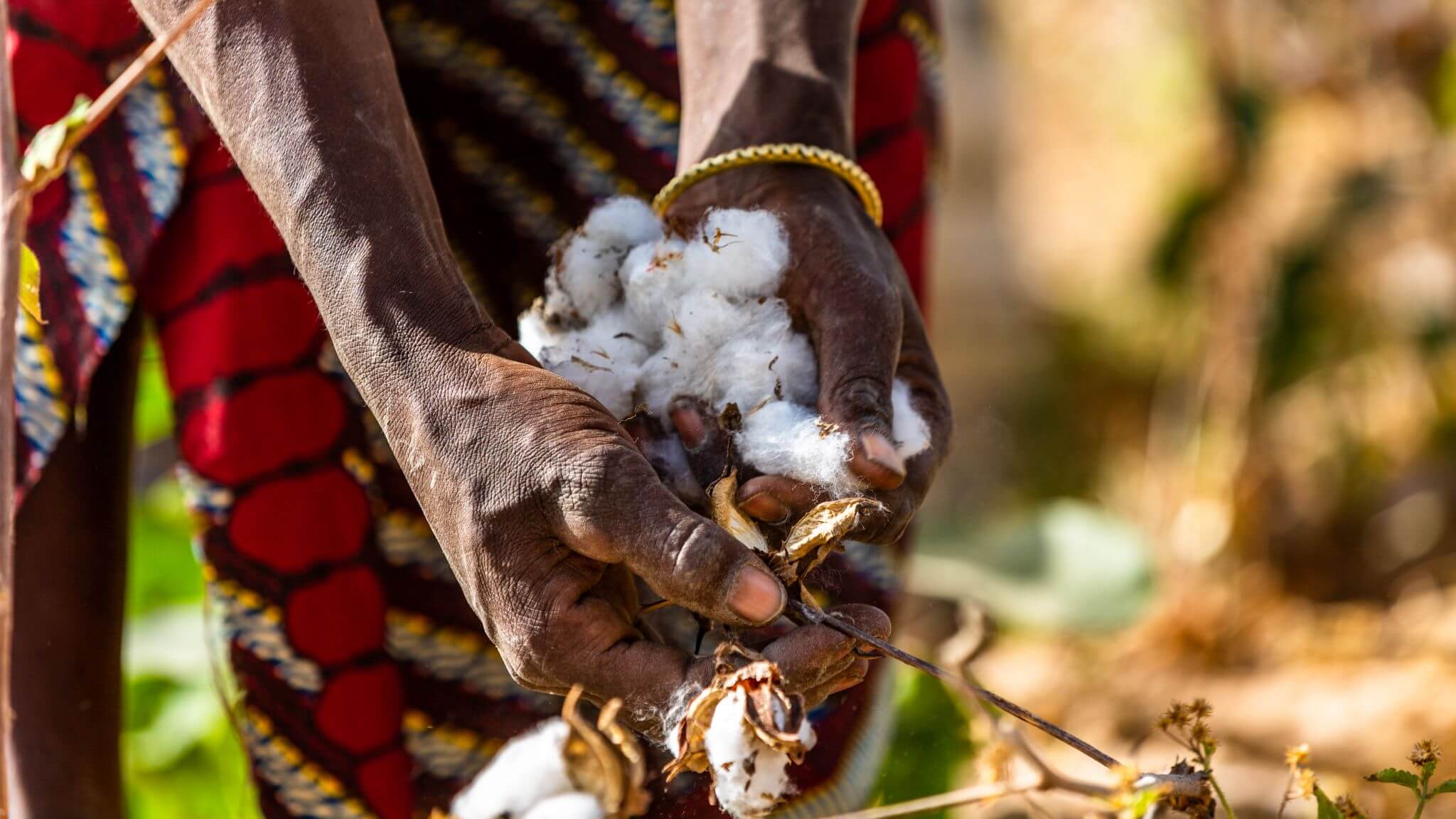
RD: Glad to hear you are doing well. This year you were celebrating the first decade of Japan Blue Jeans – and you have been involved from the very first beginning. How is the brand doing? How did you adapt to the pandemic?
K: First of all, I want to thank you for celebrating the 10th anniversary with us. Also thanks for your continuous support in the first decade of Japan Blue Jeans. When we started the brand 10 years ago, we started with only 2 different fits for our jeans, a skinny fit and straight fit. We started the brand with only one fabric, a 14.8 oz. US cotton selvedge fabric, and I was the only member of staff. Today, we offer over 50 different pairs of jeans, varying in fit, fabric and details, and we also offer a variety of other garments and accessories. Over the years, Japan Blue Jeans has introduced three new types of cotton, but we are also still offering the 14.8 oz. US cotton fabric which was introduced at the start of the brand.
Today, our team consists of more than 20 people, who all together form the well-oiled machine behind Japan Blue Jeans. We are still operating from Kojima, in Okayama prefecture in Japan, which is our way to contribute to the growth of the city. Ever since I got involved in Japan Blue Co., I was always conscious of what I could do from Kojima, for Kojima.
Regarding the pandemic, it was a challenging period and our sales volume reduced. Nevertheless, we decided to keep the production at the same level as before the pandemic because we wanted to encourage and support our dedicated craftsmen. We are confident that once our consumers come back, we will sell the remaining stock.
RD: The 10th anniversary collection of Japan Blue Jeans was absolutely fantastic! Are there any other special 10th anniversary projects in the pipeline?
K: To celebrate our 10th anniversary we released a special jean and a jacket. The ‘collection’ was well-received by our customers and we received many messages from our customers that they loved the designs. For us, the 10th anniversary was a really big event and our staff and I are really happy about the fact that it all went well! Personally, I am not a big fan of special models, because for me the most important thing is that we continue to supply basic jeans which can be worn for a long time!
But, because I know our fans love special releases, we have just launched another special collaboration with Benzak Denim Developers. 10 years ago, I met Lennaert Nijgh, founder of the brand, in Bangkok, Thailand, and ever since we have worked together. Since 2011, when BDD started to develop their first ‘Made in Japan’ jeans, we were overseeing the production process in Kojima. To celebrate this occasion, we launched a special collaboration jean, featuring signature details from both brands, in a 16.5 oz. Côte D’ivoire selvedge denim fabric.
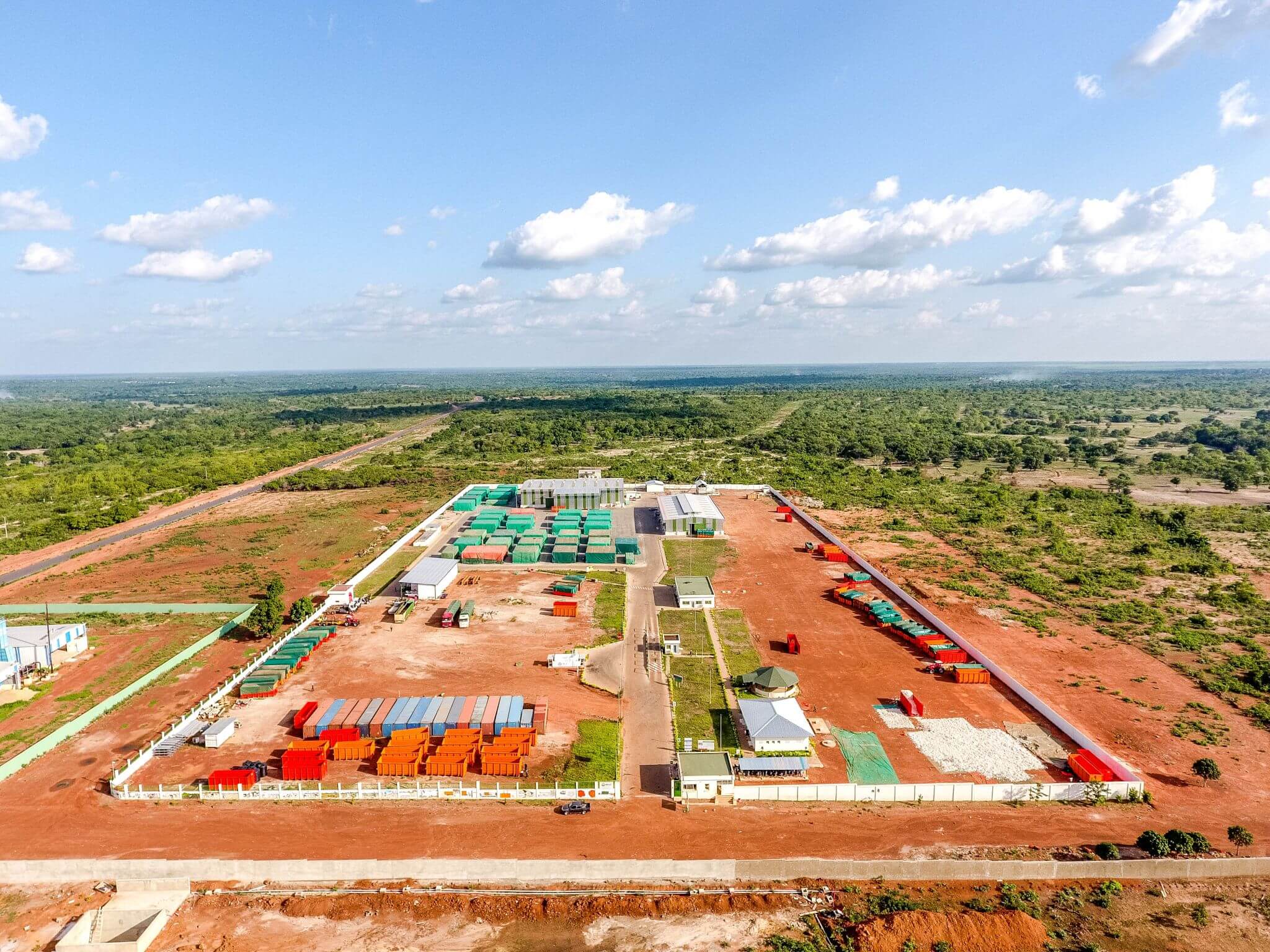
RD: We would now like to focus on cotton. Japan Blue Jeans advocates the use of Côte D’ivoire cotton and we have spoken about this in the past. Can you please explain again what makes you a fan of this specific type of cotton?
K: For Japan Blue Jeans we want our jeans to look similar to vintage jeans and we are always looking for ways to improve in this area. Today, almost all types of cotton are genetically engineered in order to improve the whiteness, brightness and staple length of the fibers. These developments are good for high-quality contemporary clothing, but they are in some ways too good for vintage inspired clothing. The overqualified specs of modern cotton types can make it difficult for us to weave a vintage-looking denim fabric.
Meanwhile, we got acquainted with Côte D’ivoire cotton, a specific type of cotton which isn’t genetically engineered or changed from its original state. The cotton isn’t as white, it isn’t as bright, and the staples aren’t as long, but it is the best for our jeans. By making use of Côte D’ivoire cotton we can make a beautifully uneven denim fabric, which will age similar to a vintage pair of jeans. We are fully assured that unimproved cotton is the best for high-quality and durable selvedge denim and that it fades in the best possible way.
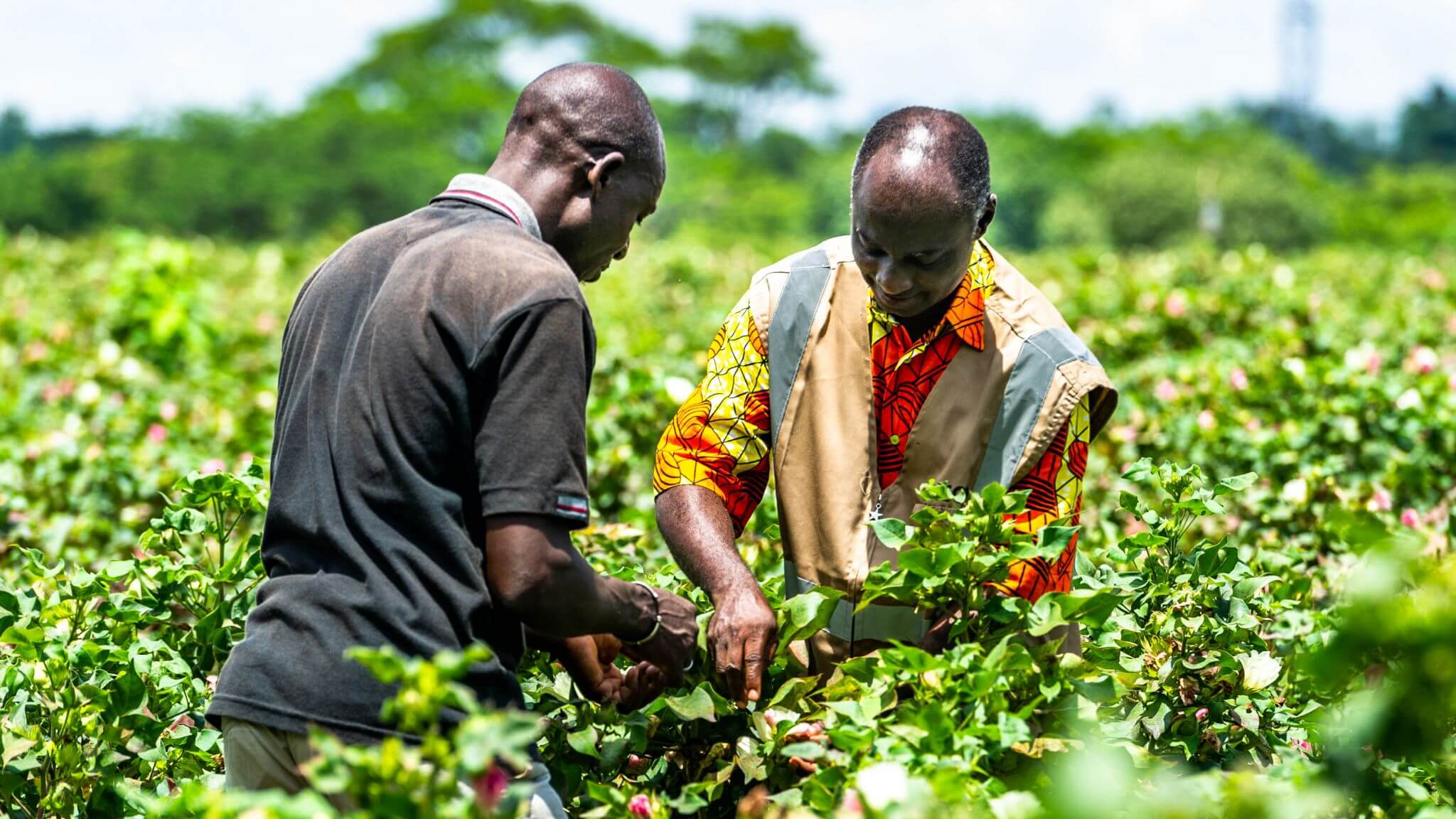
RD: Côte D’ivoire cotton is still grown and harvested by hand, while most harvesting is done mechanically these days. What is the benefit of harvesting cotton by hand?
K: By harvesting the cotton by hand, we can get the original characteristics and quality of the cotton, without damaging the fibers in any way. Harvesting mechanically will, although to a lesser extent, harm the fibers, while hand-picked cotton maintains the beautiful long staple and uneven shapes we want to archive for our denim.
But, as the technology is advancing day by day, I think that picking by hand and mechanically harvesting will be similar in terms of accuracy in the near future. In the future, should mechanical harvesting develop and be in a position to attain the same results, then I am willing to accept mechanically harvesting, as it also brings higher profits to the cotton farmers.
RD: Was there also a sustainable aspect in your decision to start working with Côte D’ivoire cotton exclusively?
K: To be honest, I fell in love with the characteristics of the Côte D’ivoire cotton first. Later I learned that this specific cotton type is picked by hand and entirely breeding and pesticide free, which is obviously a sustainable way to cultivate cotton.
Also, I learned that the cotton industry in Côte D’ivoire collapsed due to the effects of civil war. When we saw the terrible circumstances in the country and the incredible potential of the industry, we decided to contribute to the development of the industry in Côte D’ivoire.
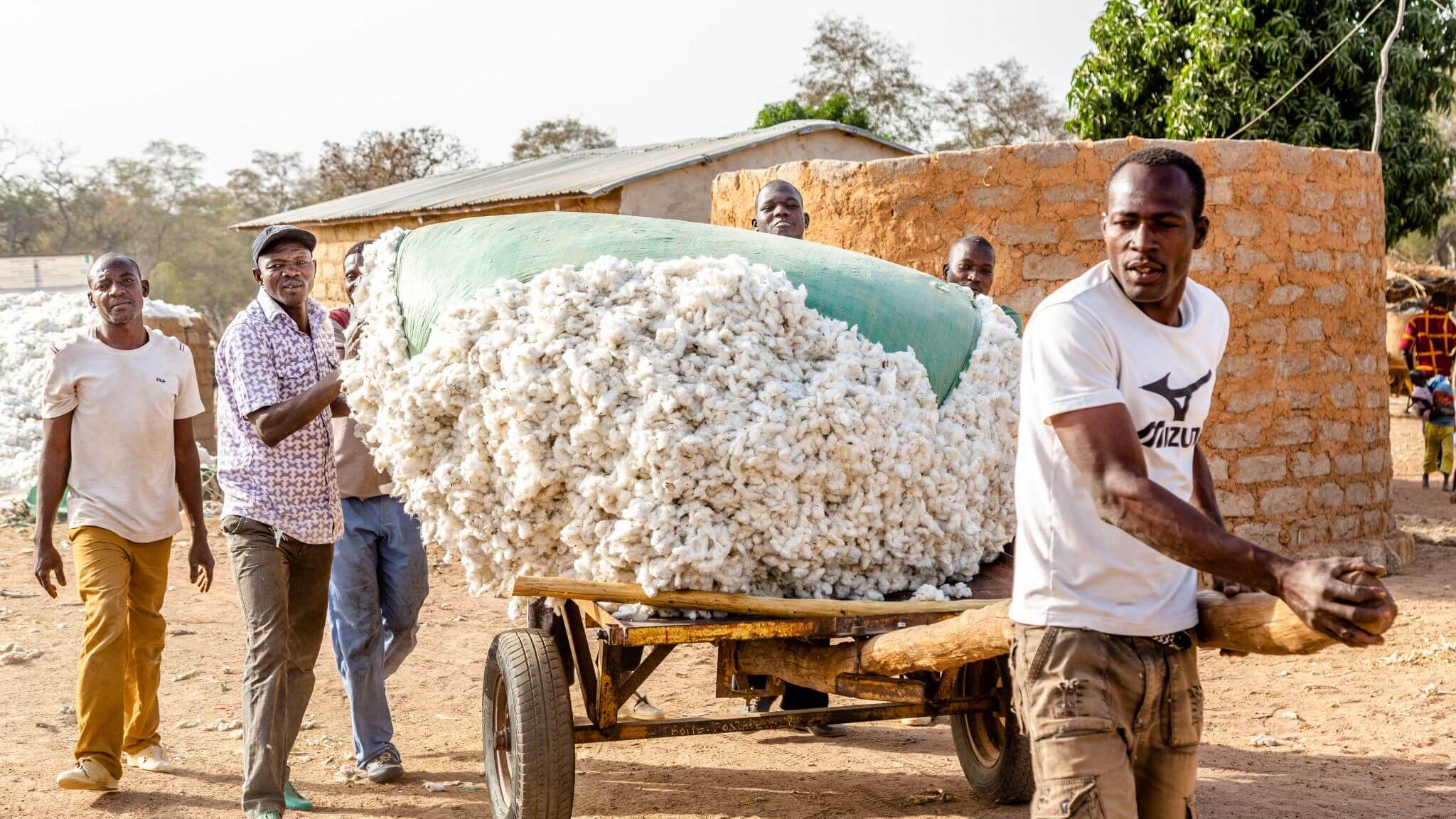
RD: Does contributing to the development of the industry mean that Japan Blue Jeans is just a loyal customer in terms of cotton? Or are there other ways you are investing in the local community?
K: When we started with the Côte D’ivoire cotton project, we didn’t negotiate until we paid the best price because we knew that we needed to help the local community to organize the industry. In order to start flourishing, the industry needed a kickstart, and because the price we pay for the cotton will also be shared with the trading company, the shipping company, and others, we needed to do something extra.
To help the cotton farmers, we decided to donate 1% of our Côte D’ivoire revenue to the cotton farmers directly. We support the industry and the community to improve their productivity at the cotton farms. We support by investing in the right equipment, by technical support and by spreading knowledge and technical improvements. Step by step the community will grow and will be able to improve their productivity.

RD: What is the long-term goal of working together with the local community in Côte D’ivoire?
K: We aim to continue to improve the productivity of the local cotton farms and we are working on professionalization on an individual – as well as industry – wide level. Together with the farmers we discuss what is necessary in order to take the next step, and together we decide what Japan Blue Jeans can do to support that.
Sometimes, a local farmer doesn’t have enough money to buy the tools and machines he or she needs for a productive cultivation process. At that point Japan Blue Jeans can support the farmer with the necessary equipment until the farmers generate enough revenue to buy their own tools and machines. And our support works both sides because when the farmer generates more cotton, we can use more cotton for our jeans – working towards a denim collection fully existing of Côte d‘Ivoire cotton.
We are sure that people who wear jeans made of Côte d‘Ivoire cotton will quickly start to understand the value. We will continue to convey the charm of Côte d‘Ivoire cotton and we hope that other brands will start using this beautiful original cotton type, joining us in the mission to help the local community in the Ivory Coast.
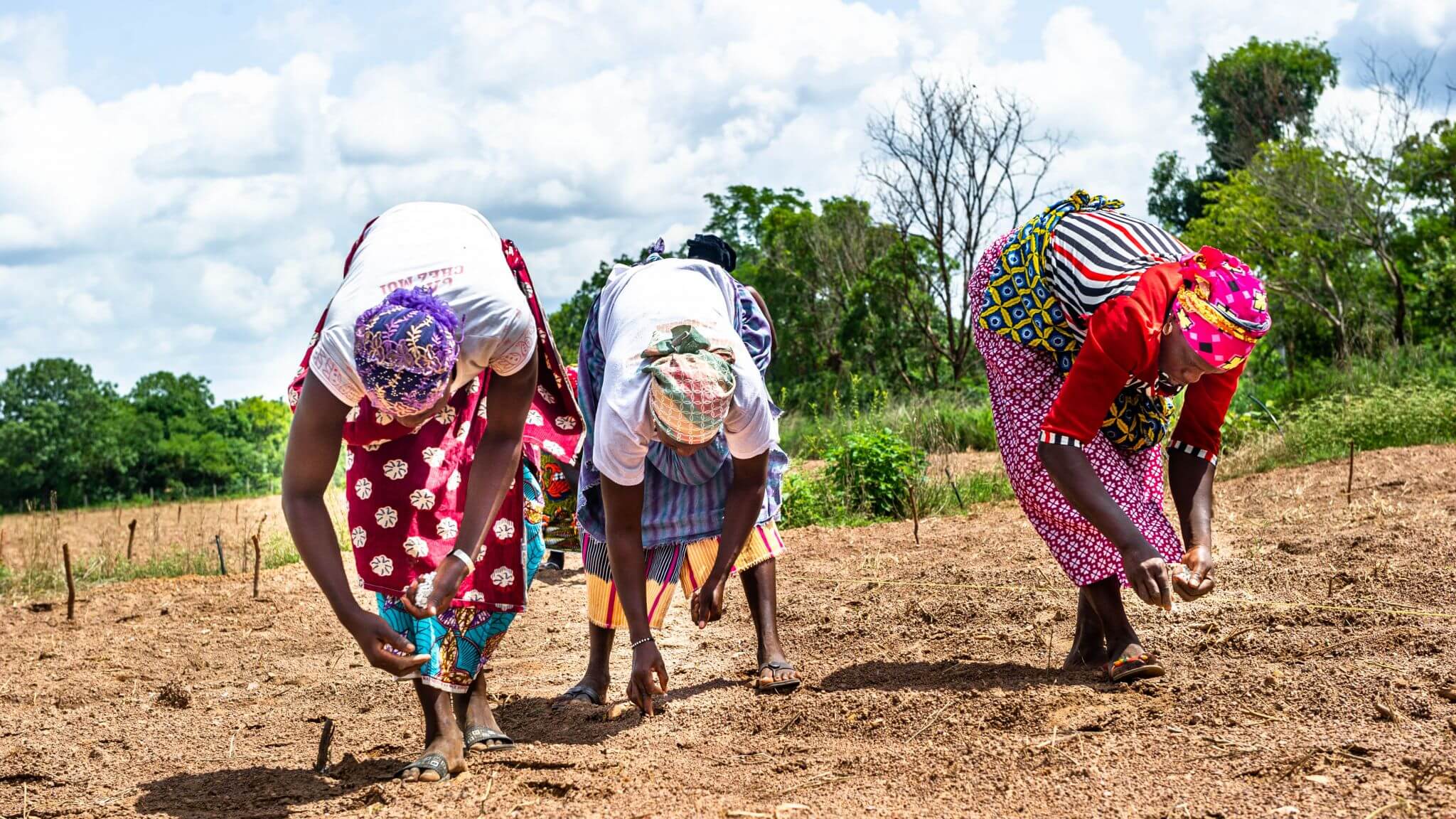
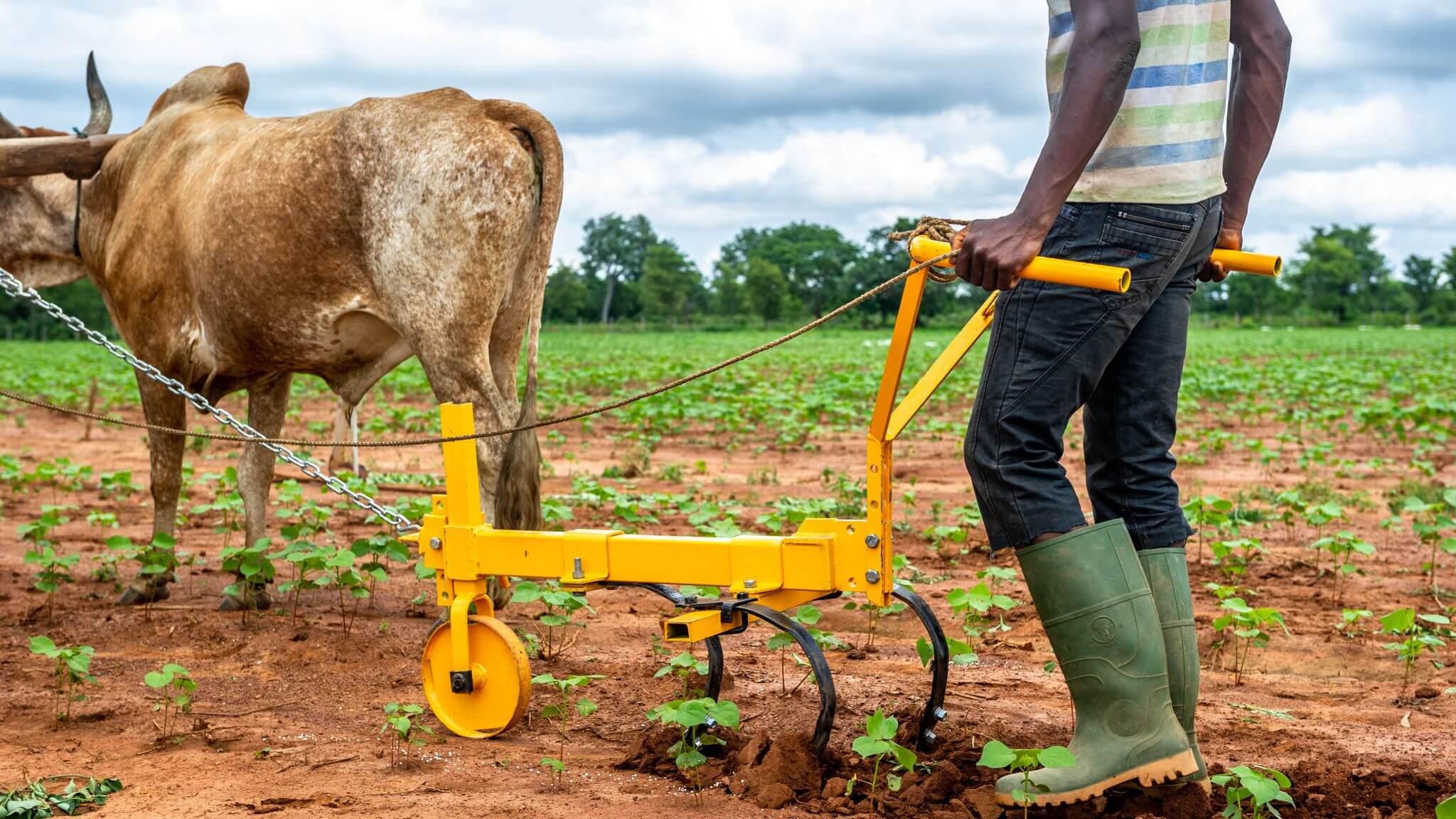
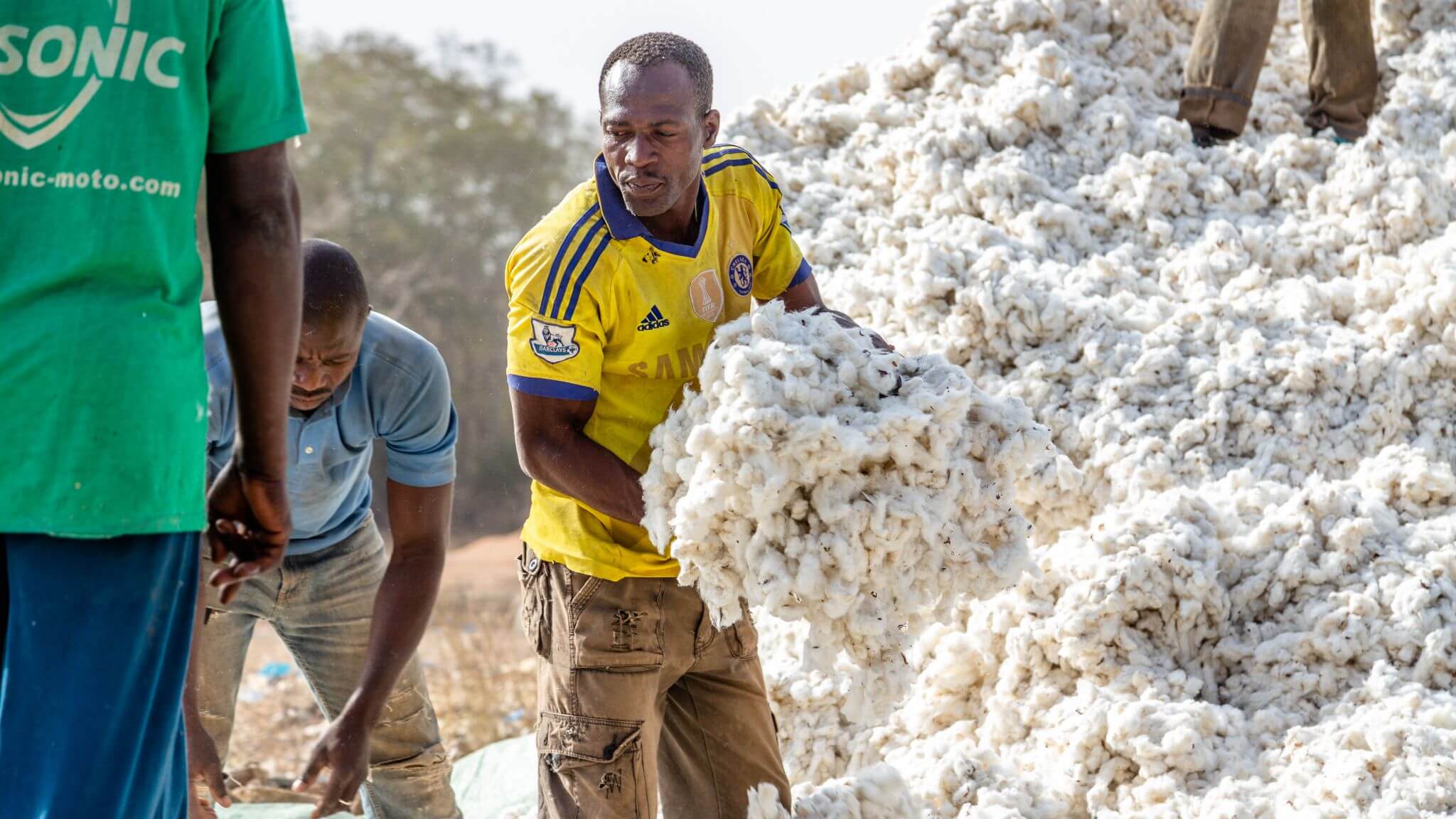

 Share
Share
 Tweet
Tweet

